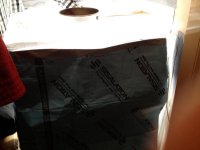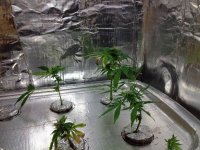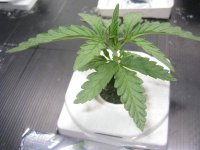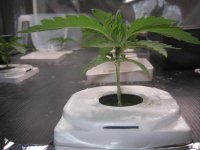I think that you should always aim for FIM when you top. Sometimes it works and sometimes it doesn't. Either way, you can always top the secondary shoots and get similar results.
What are the advantages of FIMing over topping. They seem to produce the same result but with topping you are cutting off less so to me this seems more efficient.
Will FIMing result in shorter plants like topped ones do?
Another question on FIMing - you said in the original post "leaving a small portion of the growth on the main shoot intact, the plant will for some reason assume that four shoots, instead of two". Do you mean that if I cut off the whole of the growth on the main shoot will this result in 2 shoots, and if I cut off about 80% it will result in 2 shoots? By the way is there a proper term for when you cut off the whole of the growth?




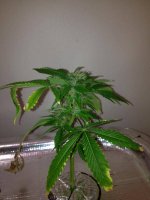
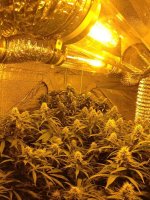
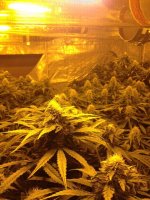
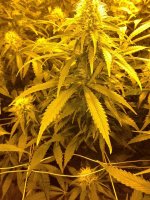


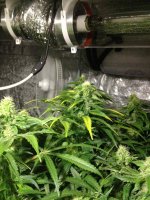

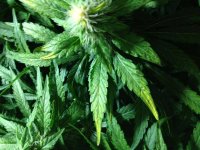

 You have managed to make the plant more compact, thereby reducing the node spacing and the buds are filling in nicely.
You have managed to make the plant more compact, thereby reducing the node spacing and the buds are filling in nicely.